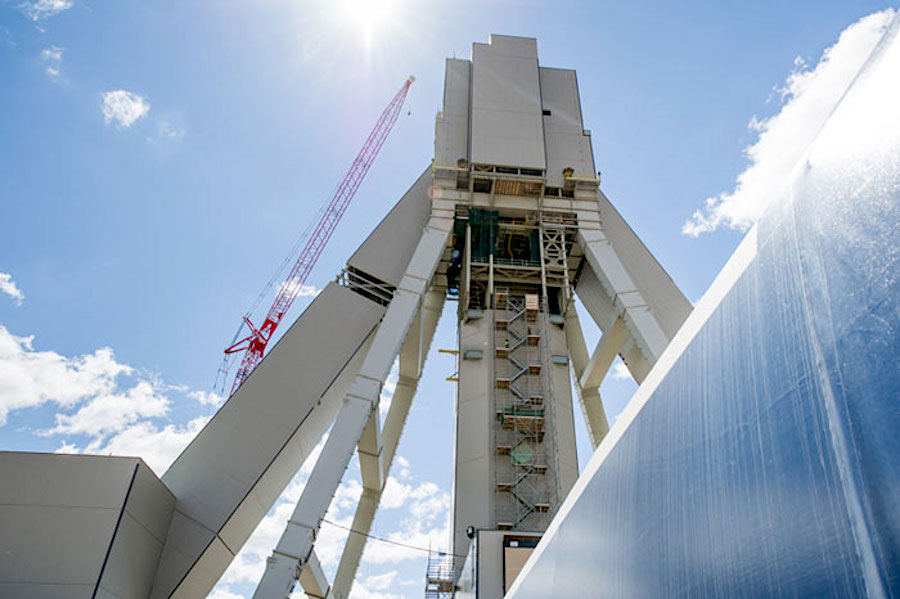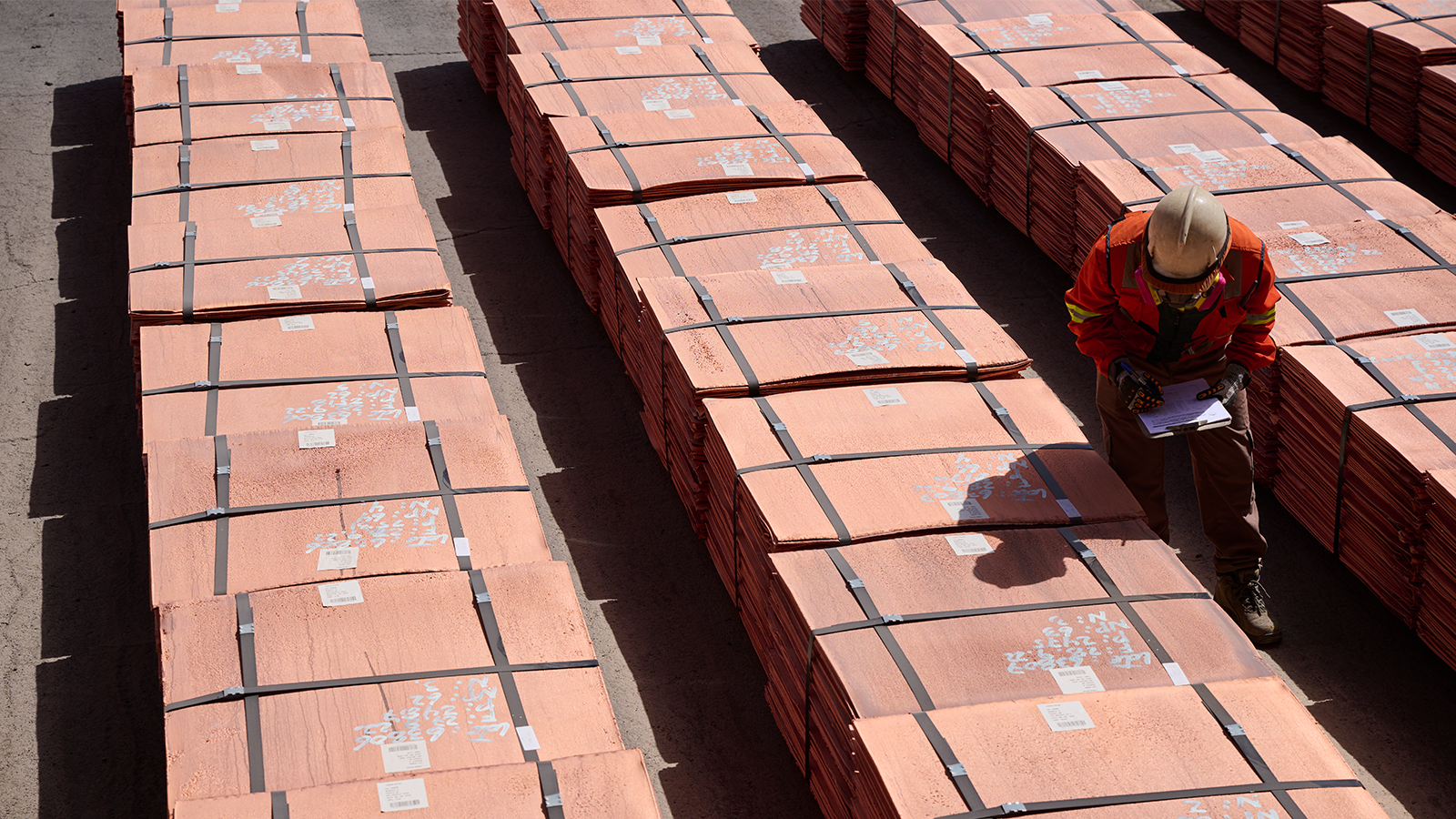BHP to speed up Jansen development as potash demand to double by 2040

While BHP’s (ASX, NYSE:BHP) (LON:BLT) new chairman doesn’t assume the role until September, pressure is already mounting on Ken Mackenzie, who supports plans to grow the firm’s potash business to the size of its iron ore division.
The world’s largest mining company by market capitalization restated Monday its intentions to entering the crop nutrient market by accelerating its almost $13 billion Jansen project in Canada’s Saskatchewan.
“Potash demand sits at the intersection of inexorable mega trends ranging across demographics, economics, diet and the environment. For the producer of any commodity, such an intersection is exactly where you want to be.” — BHP’s Paul Burnside.
BHP believes demand for potash could double by the late 2040s, by which point it would be a $50 billion market. “That’s one of the reasons why we’re investing counter-cyclically to give ourselves the option to add it to our diversified portfolio of commodities,” said Paul Burnside, potash principal at BHP, in a blog post on the company’s website.
The Melbourne, Australia-based miner had already said in May it could seek board approval for the Jansen mine as early as June next year, which would allow it to begin a $4.7 billion first phase of production as early as 2023.
To date, BHP has committed a total investment of $3.8 billion to move Jansen into production. From that total, $2.6 billion have been set aside for surface construction and the sinking of shafts, though analysts predict the total cost will be close to $14 billion.
Prices for the crop fertilizer ingredient, however, are not favourable — they are still hovering around $230 a tonne, less than half what they were only five years ago.
Besides, BHP’s iron ore business brings in about $9 billion a year, which doesn’t look like an easy target to match by any other division, particularly by potash, given current prices.
But the company is looking long-term and has repeatedly stated it believes rising demand for fertilizer in growing nations, particularly China and India, will lead to a long-term price increase for the commodity.
“The basic rationale for rising potash consumption is quite simple,” wrote Burnside. “Not only is the total population continuing to grow, but at least three billion people are expected to join the global middle class by 2030.”
He also threw in some persuasive numbers:
More than 90% of the global demand for potash comes from agriculture and around 55 million tonnes of potassium chloride is applied as fertilizer annually. That is equivalent to 6kg per tonne of crop production, 40kg per hectare of harvested land or 7kg for each person on the planet.
Experts are not so sure. Sydney-based Deutsche Bank AG analyst Paul Young told Bloomberg Monday that BHP’s bet on potash was a “highly contentious topic and project.” He noted the market continues to be severely challenged, adding it may not improve for at least five years, as there is plenty of spare capacity in the industry.
Earlier this month, Bernstein analyst Paul Gait told FT.com that any wide-ranging portfolio review should conclude that BHP needs to divest its oil unit and walk away from Jansen.
“[The exit from the potash project] would be done via a trade sale to any of the incumbent potash producers whose existing mining and commercial operations allow synergies, which mean that Jansen would be worth more in their hands than in BHP’s,” Gait said.
Jansen is projected to produce 8 million tonnes of potash a year or nearly 15% of the world’s total. According to Deutsche Bank analysts, moving the project into full production would require a total capital expenditure of $12.8 billion, but it would make of potash BHP’s fifth key pillar of growth, alongside coal, copper, iron ore and oil.
{{ commodity.name }}
{{ post.title }}
{{ post.date }}




3 Comments
Mark
Wow, these people really don’t get it. There is a giant glut of potash. The industry is running at a fraction of its nameplate capacity. K+S will be lucky if they make it out of their Saskatchewan adventure actually solvent. BHP is just flushing capital down the toilet, and trying to justify it using pie-in-the-sky projections.
tobycf
Yes it is rough now but long term the UN states the population on earth is set to grow a fast rate and potash will be in huge demand. it is not like this will hit the market tomorrow.
patentbs
This is a forward looking project that will help feed 15% of the worlds population by mid century. That is not what you expect from investors who look for profit immediately and who could care less who starves. Will it put BHP at risk? Yes. Is it worth it to proceed with what may amount to a humanitarian adventure? Only 30 years will answer that question.
Wasn’t it Rothschild that bought ‘panic in the street’? Worked out OK.